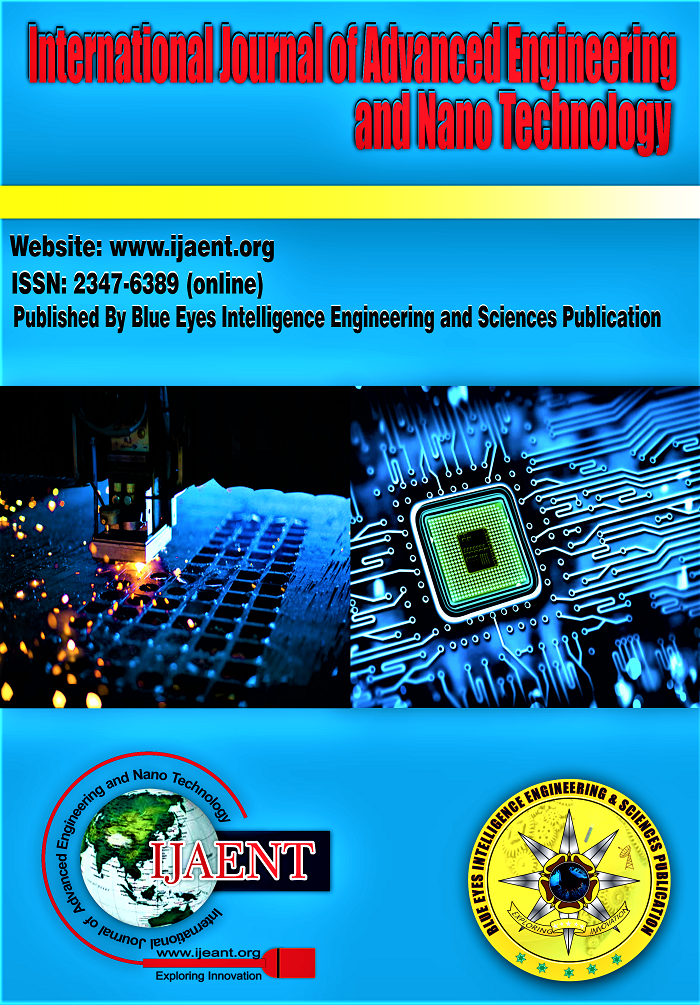Artificial Intelligence-based Hyper Activity Analysis
Main Article Content
Abstract
Sentiment analysis has emerged as a valuable tool for analyzing human behavior and measuring frustration levels. This abstract provides an overview of the sentiment analysis of human behavior in response tomeasuring frustration levels. By examining the emotional tone expressed in textual data, sentiment analysis techniques offer insights into individuals’ frustration levels, contributing to a better understanding of their psychological wellbeing. This study focuses on the application of sentiment analysis in measuring frustration levels and understanding human behavior. It explores the limitations and challenges associated with accurately assessing frustration based on Textual data, Psychological Questionnaires, Image Processing, Tone or speech, and Augmented Reality. The study acknowledges the importance of context and the need to account for linguistic nuances, sarcasm, and individual differences in language use. It also emphasizes the significance of considering additional modalities, such as facial expressions and virtual reality, to enhance the accuracy and reliability of measuring frustration levels.
Downloads
Article Details

This work is licensed under a Creative Commons Attribution-NonCommercial-NoDerivatives 4.0 International License.
How to Cite
References
Lamberti, Marc. “Project Report Twitter Emotion Analysis.” Supervised by David Rossiter, The Hong Kong University of Science and Technology, www.cse.ust.hk/~rossiter/independent_studies_projects/twitter_emotion_analysis/twitter_emotion_anal ysis.pdf.
“Sentiment Analysis.” Sentiment Analysis, Wikipedia, https://en.wikipedia.org/wiki/Sentiment_analysis.
Liu, Bing. “Sentiment Analysis and Subjectivity.” University of Illinois at Chicago, University of Illinois at Chicago, 2010, www.cs.uic.edu/~liub/FBS/NLP-handbook-sentiment-analysis.pdf.
Cambria, E., & Hussain, A. (2012). SenticNet 2: A semantic and affective resource for sentiment analysis and opinion mining. IEEE Transactions on Affective Computing, 3(1), 1-15. doi:10.1109/T-AFFC.2011.15 Conference paper: Author(s). (Year, Month). Title of the paper. Paper presented at Conference Name, Location. DOI (if available).
Pang, B., & Lee, L. (2008, July). Opinion mining and sentiment analysis. In Proceedings of the Association for Computational Linguistics (ACL) (pp. 79-86). Columbus, Ohio, USA. doi:10.3115/1570079.1570106 Book: Author(s). (Year). Title of the book. Publisher.
Liu, B. (2012). Sentiment analysis and opinion mining. Morgan & Claypool Publishers.Thesis or dissertation: Author. (Year). Title of the thesis/dissertation. (Unpublished doctoral dissertation/Master's thesis). Institution.
Smith, J. D. (2015). Sentiment analysis of social media data (Unpublished doctoral dissertation). University of California, Berkeley Website: Author(s)/Organization. (Year, Month). Title of the webpage/document. Website Name. Retrieved from URL
Pew Research Center. (2021, October). Social media use in 2021. Pew Research Center. Retrieved from https://www.pewresearch.org/internet/2021/10/12/social-media-use-in-2021/
Geetha, V., Gomathy, C. K., Manojkumar, P., & Manohar, N. S. L. S. V. (2020). The Sentimental Analysis for E-Commerce Application. In International Journal of Engineering and Advanced Technology (Vol. 9, Issue 5, pp. 1232–1236). https://doi.org/10.35940/ijeat.d8717.069520
R G, K., & R, D. S. (2019). Sentiment Analysis using Bi-directional Recurrent Neural Network for Telugu Movies. In International Journal of Innovative Technology and Exploring Engineering (Vol. 9, Issue 2, pp. 241–245). https://doi.org/10.35940/ijitee.b6137.129219
Zainudin*, M. N. S., Kee, Y. J., Idris, M. I., Kamaruddin, M. R., & Ramlee, R. H. (2019). Recognizing the Activity Daily Living (ADL) for Subject Independent. In International Journal of Recent Technology and Engineering (IJRTE) (Vol. 8, Issue 3, pp. 5422–5427). https://doi.org/10.35940/ijrte.b2381.098319
Bilog, R. J. (2020). Application of Naïve Bayes Algorithm in Sentiment Analysis of Filipino, English and Taglish Facebook Comments. In International Journal of Management and Humanities (Vol. 4, Issue 5, pp. 73–77). Blue Eyes Intelligence Engineering and Sciences Engineering and Sciences Publication - BEIESP. https://doi.org/10.35940/ijmh.e0524.014520
Patil, M. M., Nikumbh, S. N., & Parigond, A. P. (2021). Fake Product Monitoring and Removal for Genuine Product Feedback. In Regular Issue (Vol. 7, Issue 1, pp. 1–3). Blue Eyes Intelligence Engineering and Sciences Engineering and Sciences Publication - BEIESP. https://doi.org/10.35940/ijese.a2494.037121





